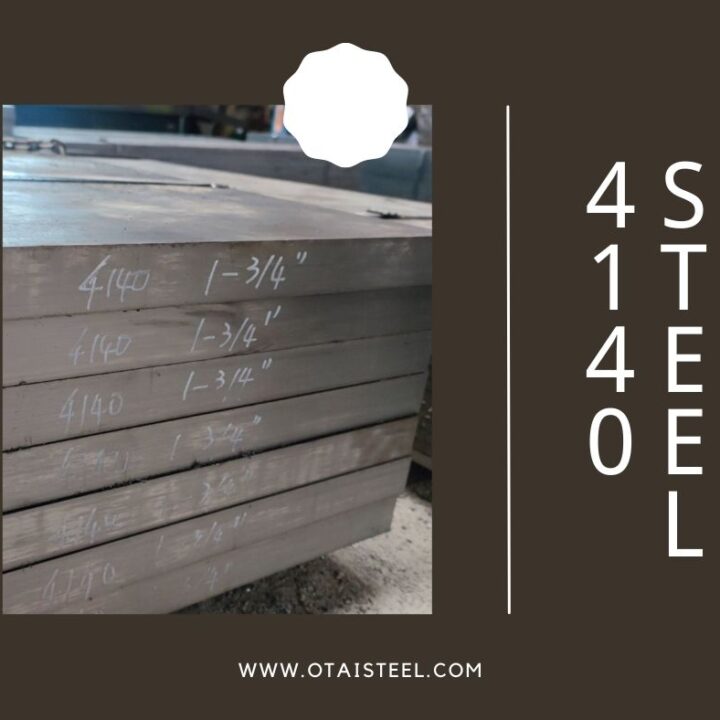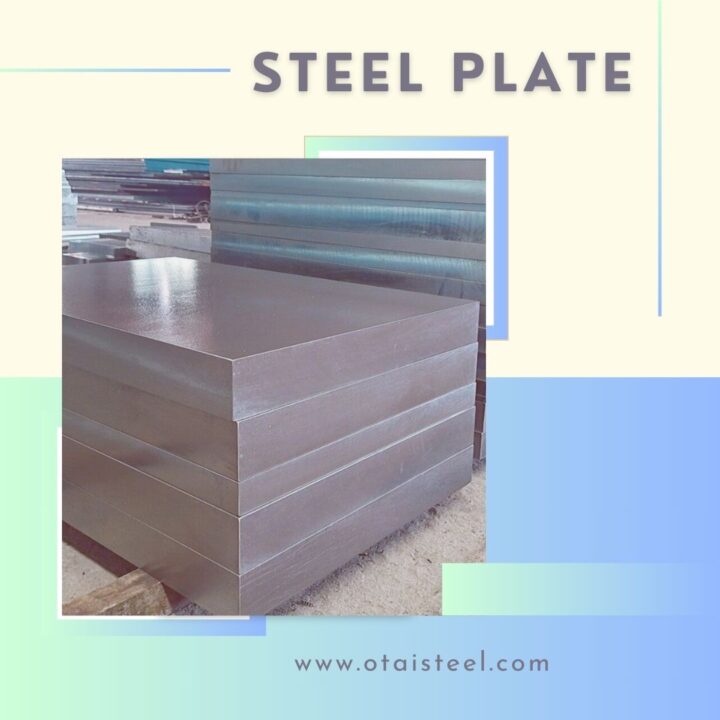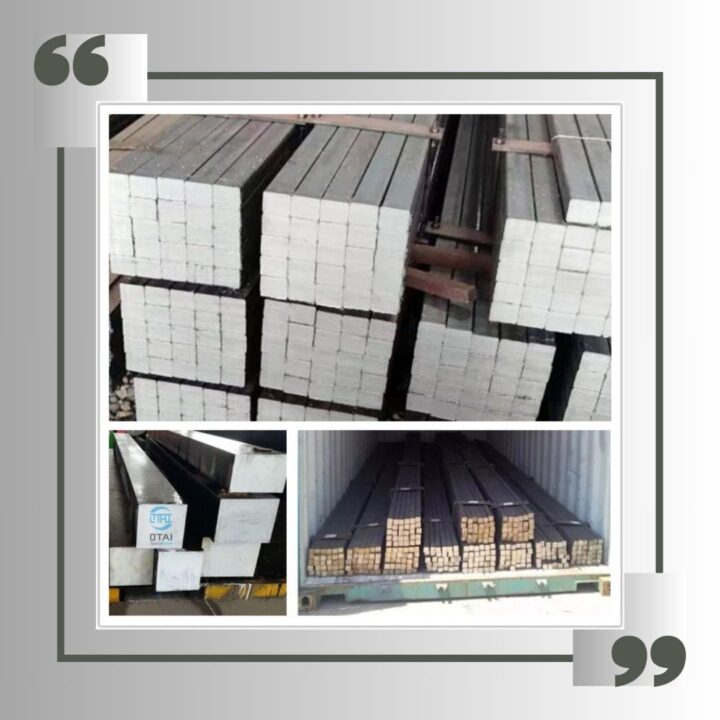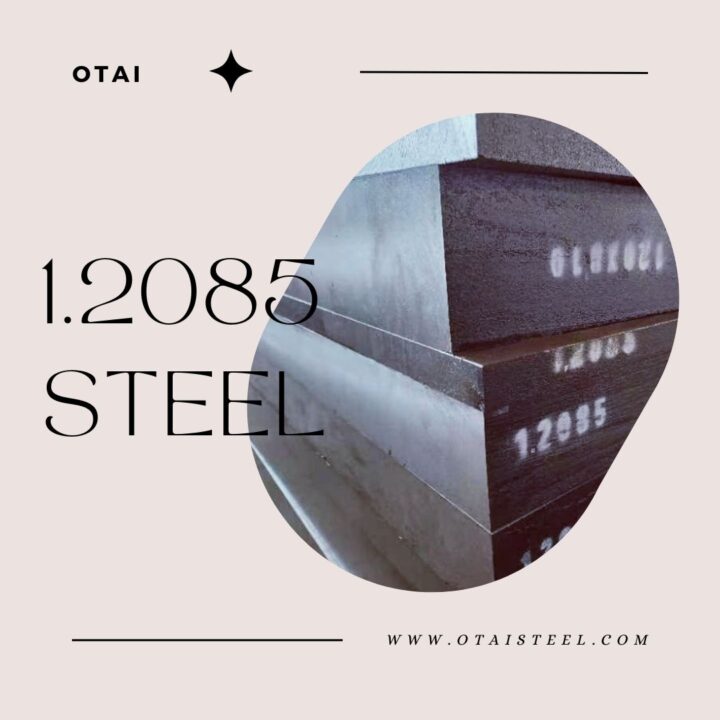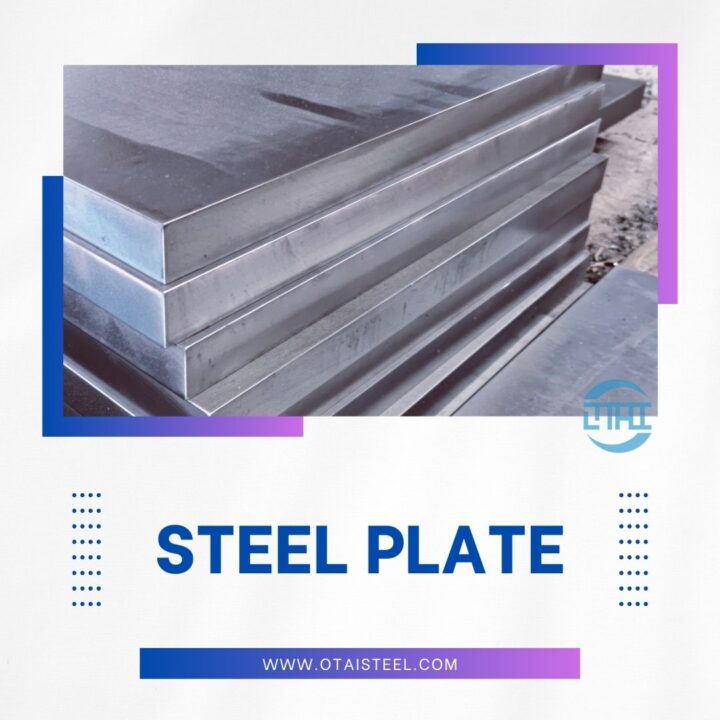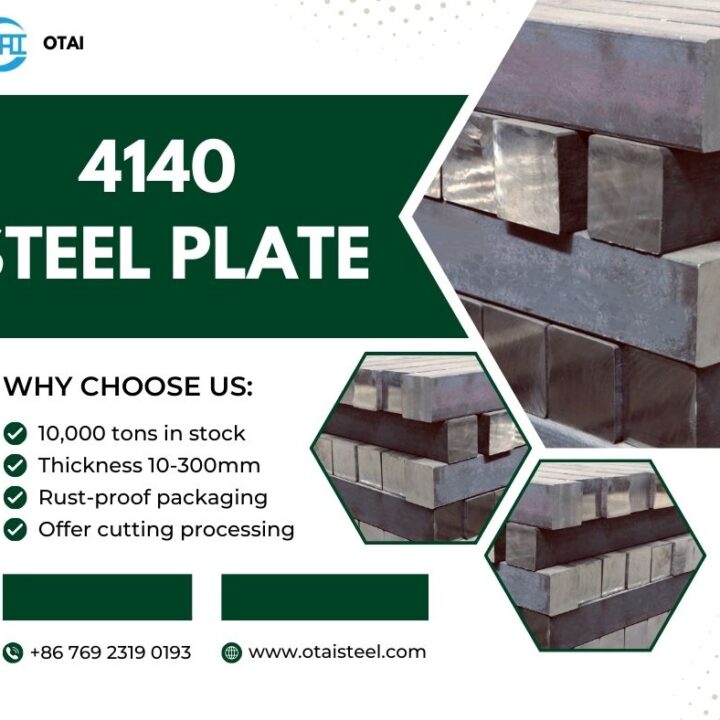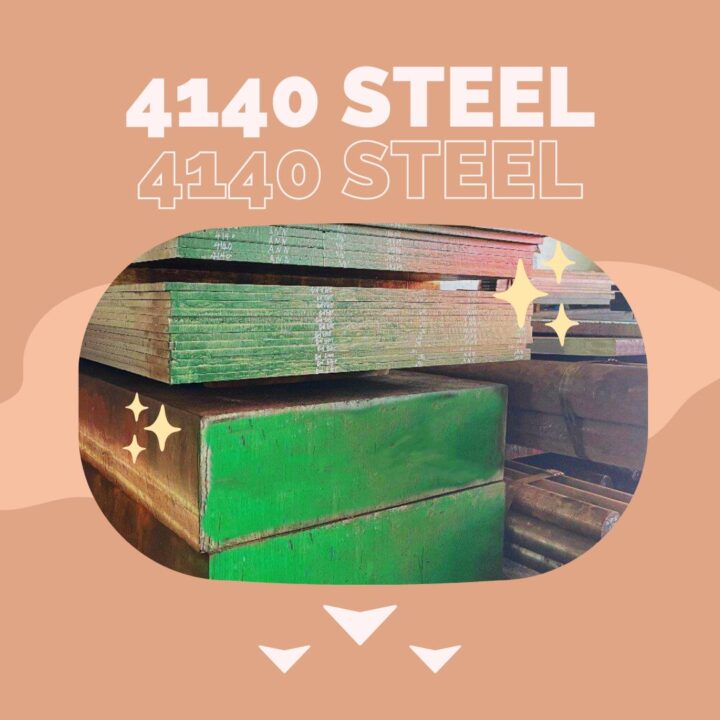4140 steel is a versatile low-alloy steel known for its excellent strength and toughness. Quenching involves rapid cooling of heated steel to achieve desired hardness and strength. (4140 steel components)
Importance of Residual Stresses in 4140 Steel Components
Residual stresses can significantly influence the performance and reliability of steel components. Understanding and managing these stresses are crucial in engineering applications.
Factors Affecting Residual Stresses in Quenching
Various factors, such as cooling rates, steel composition, quenchant properties, and component geometry, influence the development of residual stresses during quenching.
The Role of Cooling Rates in Quenching
The cooling rate during quenching determines the microstructure and properties of the steel. Faster cooling rates can lead to higher residual stresses.
Experimental Study: Effect of Cooling Rates on Residual Stresses
An experimental study was conducted to investigate the effect of different cooling rates on the residual stresses in 4140 steel components. Specific cooling rates were applied using different quenching media.
Interpretation of Results
The results revealed that higher cooling rates resulted in increased residual stresses in the steel components. Slower cooling rates allowed for stress relaxation but affected the hardness.
Managing Residual Stresses for Enhanced Component Performance
Proper quenching practices and post-quenching treatments can help manage residual stresses to ensure the desired balance of mechanical properties.
Applications and Implications
Understanding the influence of cooling rates on residual stresses is vital for designing components in critical applications, such as automotive, aerospace, and machinery industries.
The cooling rate during quenching plays a significant role in determining the residual stresses in 4140 steel components. Engineers must carefully select the quenching process to optimize the performance and reliability of steel parts.
